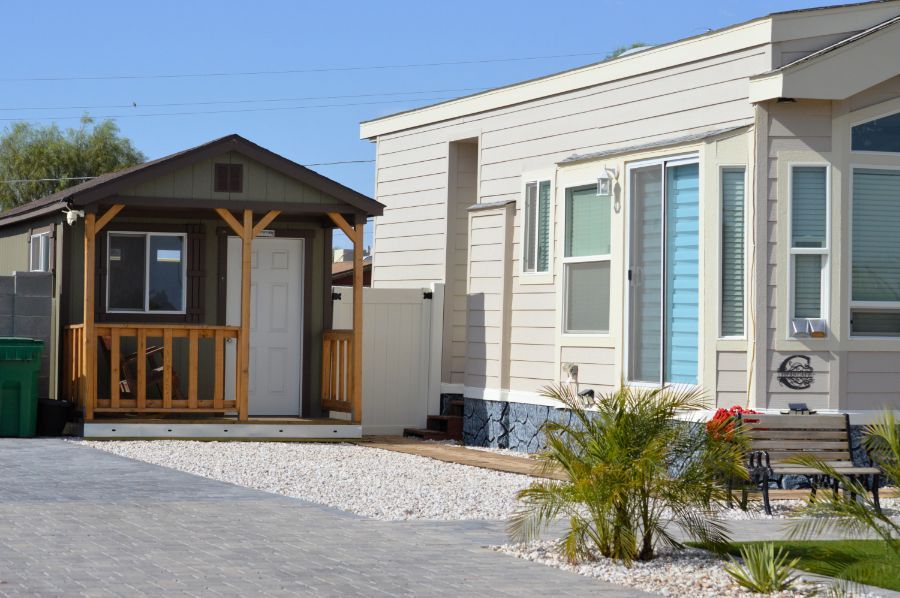Short Term Rental Changes
Dustin Edwards • January 29, 2021
New Long Beach Policy Limits Short Term Rentals

There is no doubt that with the popularity of platforms such as AirBnB and VRBO that short term rentals have garnered quite a bit of attention in popular cities such as Long Beach. When you add to the fact that there are streaming shows that highlight the short term rental trend then it should be no surprise that cities have had trouble adapting.
Short term rentals have caught cities and hotel operators by storm in the same manner that Uber and Lyft have taken on taxi services. Homeowners that own property in popular destination locations from Long Beach to Palm Springs have realized they can enjoy a strong yield if they keep their occupancy levels high. Of course, just like many popular new service offerings that disrupt existing industries, the short term rental market hasn’t necessarily been embraced by existing hoteliers. The City of Long Beach has enacted changes that will limit short-term rentals in Long Beach. If you own a property where you have rented it on AirBnB, VRBO, etc, then read on to find out more.
While short term rental management hasn’t been the focus of Beach Cities Management, seeing as we operate the largest portion of our business within the City of Long Beach we have long recognized the value property owners have enjoyed as vacation rentals. The City of Long Beach
has a complete breakdown and even FAQs regarding this new legislation and if you don’t have time to read it in detail, please consider the following:
- Maintain the Long Term Housing Availability - A goal from the city council is that limiting the number of permits will help to maintain the longer term rental options within the city.
- Limited Number of Permits - The number of permits shall be limited to 800 permits at any given time. Considering the number of properties in Long Beach and population of nearly 500,000 this is a modest number of permits.
- ADUs as Short Term Rentals - ADUs shall not be rented as short term rentals. This may not come as a surprise to many as even in nearby Lakewood this type of policy has been a restriction for quite some time.
If you have been operating your home or condo in Long Beach as a short term rental and you didn’t get a permit you still could make it to the waitlist and see if you could get a permit in the near future. When you don’t want to wait, consider that with a relatively low number of rentals on the market now may be the perfect time to transition your short term rental property into a long term rental property. As a long term rental you won’t be competing against the likes of Marriott, Hilton and more which gives you a great opportunity to develop your property for strong long term cash flow.
Public policy can change how you operate your property incredibly quickly. To find out how we can help you to transition your property from a short-term rental to a long-term rental call us today at (562) 888-0247 to hear how we can help. If you want to have a quick check to see how much your property could fetch in rent we invite you to fill out our Free Rental Analysis where we perform a comprehensive comparison to share your rental stacks up to the competition.





